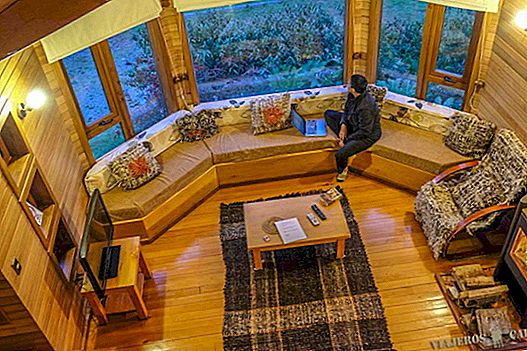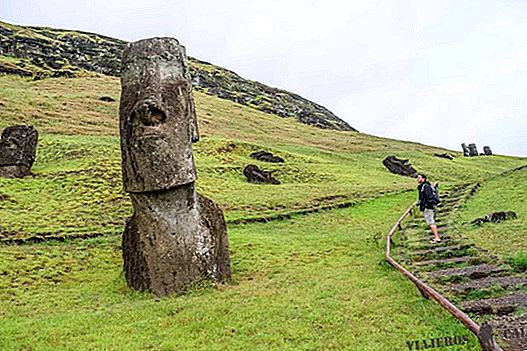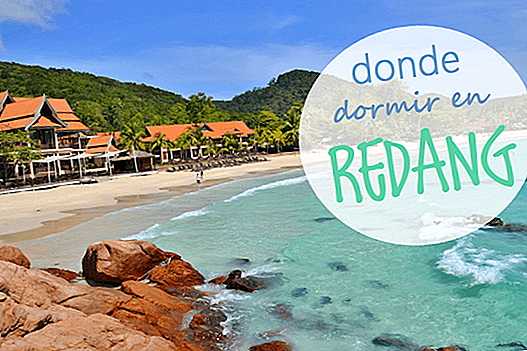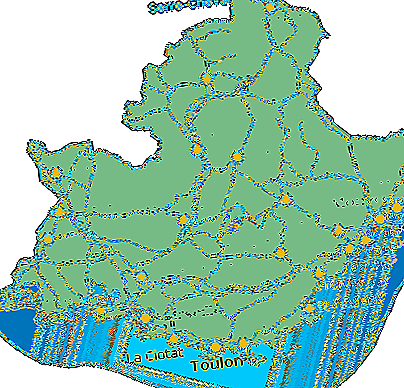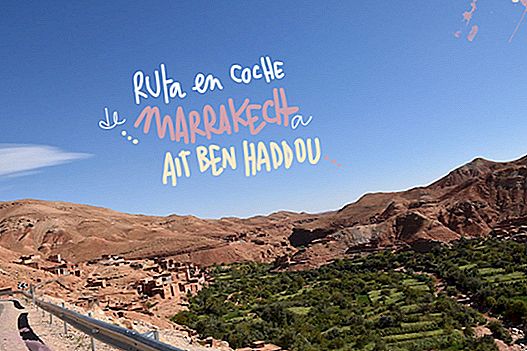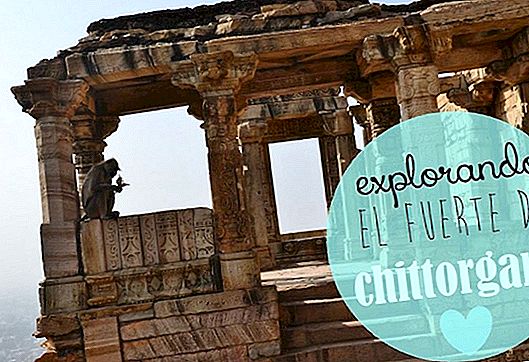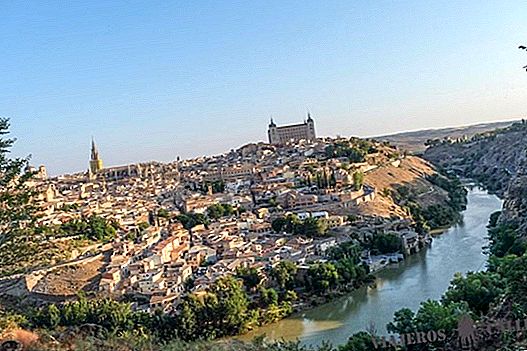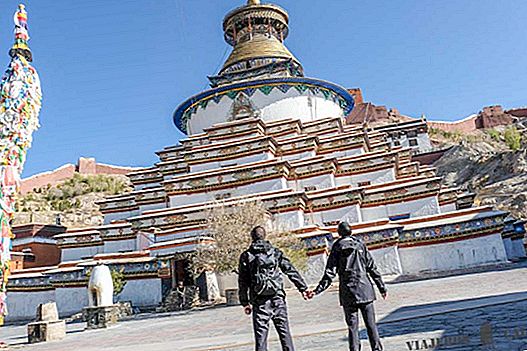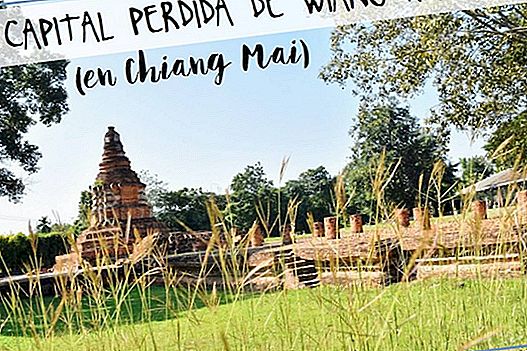
Wiang Kum Kam is another of the hidden treasures of Chiang Mai. Although it is true that it is no secret and that is often found in many city guides, the reality is that there are very few tourists who come to know these ruins. We were there one morning and we met two couples!
But what is Wiang Kum Kam? It is a group of ruins and other active temples scattered in a neighborhood south of Chiang Mai. They formed neither more nor less than the city predecessor to Chiang Mai, the place chosen by King Mengrai to establish the capital Lanna in 1286. Soon they would realize that they did not choose well, since this area was prone to flooding, and 10 years later they moved a little further north, to the current Chiang Mai ("new city").
Therefore Wiang Kum Kam was the capital of the Lanna kingdom for 10 years! After the transfer, this settlement remained active until the 16th century, when the Ping River changed its course, damaging it and was finally abandoned. Its ruins were discovered in 1984 and since then important rehabilitation work has been done.
And what am I going to find there? Do not expect ruins like those of Ayutthaya or Sukhothai, these are much more modest, but if you are traveling a few days in the north of Thailand and do not have time to visit other historical parks, it may be a good idea to approach Wiang Kum Kam. Formerly it was apparently a square-shaped terrain delimited by moats, like Chiang Mai, today what you find is a total of 42 temple ruins and other religious complexes scattered around a local Thai neighborhood. The truth is that the visit is very enjoyable, the neighborhood is of low houses, some look like second homes of people with pasta, green areas and old people on bicycles. Very little or no traffic and smiles in every corner.
Ala, how cool! And what is the best way to travel it? Although the distance between the ruins is not large (in total the route will be about 3 km), we believe that the best option to visit it is by motorcycle. Although there are other alternatives: in the information center they rent bicycles for 50 bahts, there is also a little train that runs through the historical places (although we saw it parked and we believe that, unless there are enough tourists, it will not move), and from there you can also hire horse carriage trips for 300 baths (we do not recommend it).
Well, I like the idea ... it would be great if you proposed an itinerary. Sure, sure ... we shake hands and you take our arm, champion! Well come on vaaaaaa ... You caught us on a good day. Here we leave you the best itinerary to explore the historical ruins of Wiang Kum Kam:
1. Go to the Information Center, there they will give you a map of the place and explain the route. Ala, you already have it! Noooo, what is promised is debt.
2. The first ruins that you will see on your right are not restored but they will give you a first view of what you can find along the way. It's about the ruins of Ku Par Dom.
3. At the next crossing you will reach the ruins of Pu Pia. The stupa is fairly decently preserved and in the front the base of what was a niche where an image of Buddha was consecrated.
4. Then go to the Temple That noi. It is at a crossroads and is not too impressive (unless you find a wedding at the house next door, like us, jiji), but if you continue you will reach ...
5. Next to That Noi is the Wat Chang Kum, one of the most important of the enclosure and still active. The complex has different elements, the ruins of the original brick temple, a white square-based stupa on 4 sculptures of elephants and with the golden pinnacle, and in the back the main viharn, a sacred tree and a spectacularly ornate house of spirits , where the spirit of King Mengrai is believed to live. This was the main temple of the city and in it the tablets were found telling the story of the site.
6. We retrace our steps and head towards Wat E Kang. He adopted this name for the "kang" monkeys who lived in their domains. What we can see today are beautiful ruins of a vihram and a well preserved stupa sharing base.
7. Right next to it, in a little cart on the right, we reach the ruins of the Ping Hang, of less consideration.
8. We line the road with the most ruins. For now on our left we will have those of That khao, similar to the previous ones, but with the collapsed stupa. The name is translated as "the temple of the white stupa", because originally it was covered with a layer of lime. On its left side are the remains of a pavilion with the statue of a Buddha in a meditation position, revered by the locals.
9. Later we will meet those of Oong dam Y Phaya Meng Rai, both are located in the same area. Although at present they are not very impressive, it seems they were two of the most important temples of the enclosure.
10. The tour ends at the most imposing temple of all: the Chedi Liem Temple, with its pyramidal stupa in 5 levels. On each of its 4 sides 15 niches with 15 Buddha statues are opened, making a total of 60, apparently to enhance the prestige of the king and his 60 wives. This temple, which was completed in 1288, got rid of the floods and remains in perfect condition. There are other more modern buildings on its premises such as the viharn and the ubosot.
11. You can complete the visit by approaching the temple Wat Si Bunruang. It is a more modern monastery, with a relaxed atmosphere and a beautiful stupa topped with many colors (take technical comment!).
1. Information Center
2. Ku Par Dom
3. Pu Pia
4. That Noi
5. Wat Chang Kum
6. E Kang
7. Ping Hang
8. That Khao
9.Oong and Phaya Meng Rai
10. Wat Chedi Liem
11. Wat Si Bunruang
Here we leave you the interactive travel map 3 kilometers through the ruins of the historic complex of Wiang Kum Kam.
The visit to Wiang Kum Kam It is not only advisable to learn more about the history of Chiang Mai and the Lanna kingdom, the rural setting and tranquility The promenade makes it a perfect plan for those who want to get out of the tourist circuit of the city and find more relaxed places.

Save on your trip
Flights Cheap to Thailand: bit.ly/2aYYPP8
accommodation Cheap in Thailand: booki.ng/2jk1XdN
Stay withAirbnb and get€ 25 discount: here
Activities in Thailand: bit.ly/2yh43kP and bit.ly/2icaL53
Rent a car with the best discounts: bit.ly/2xGxOrc
Travel insurance IATI with a5% discount: bit.ly/29OSvKt
Recommended guides to travel to Thailand: Lonely Planet of Thailand, Lonely Planet of Southeast Asia for backpackers


